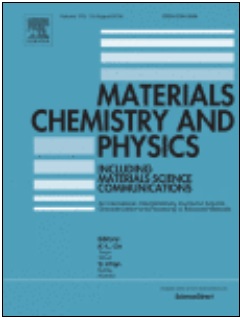In this investigation, the fabrication of porous core/shell nanostructures consisting of copper (core) and copper-gold nanoalloy (shell) for medical applications is presented. As a core triangular-shaped copper nanoparticles were used. The porous bimetallic nanoshell was prepared via galvanic reaction in the presence of oil-in water emulsion. It was proved that porous nanoalloy layer can be prepared at pH 7 and in the presence 0.1% and 0.5% oil-in water emulsion. The porous structure fabrication was mainly determined by volume fraction of hexadecane to acetone in the oil-in water emulsion and Zeta-potential of emulsion droplets (pH of emulsion). The influence of emulsion droplets size before galvanic reaction on porous structure preparation was negligible. It was found that doxorubicin could be easily introduced and released from porous core/shell nanostructures, due to spontaneous adsorption on the copper-gold nanoporous surface. The in vitro test showed that cytotoxic effect was more prominent once the doxorubicin was adsorbed on the porous copper-gold nanocarriers. It was demonstrated, that doxorubicin-loaded copper-gold nanostructures caused inhibition cell proliferation and viability of cancer cells, in a concentration-dependent manner. The results indicates that presented coper-gold nanocarrier have potential to be used in targeted cancer therapy, due to its porous structure and cytotoxic effect in cancer cells
